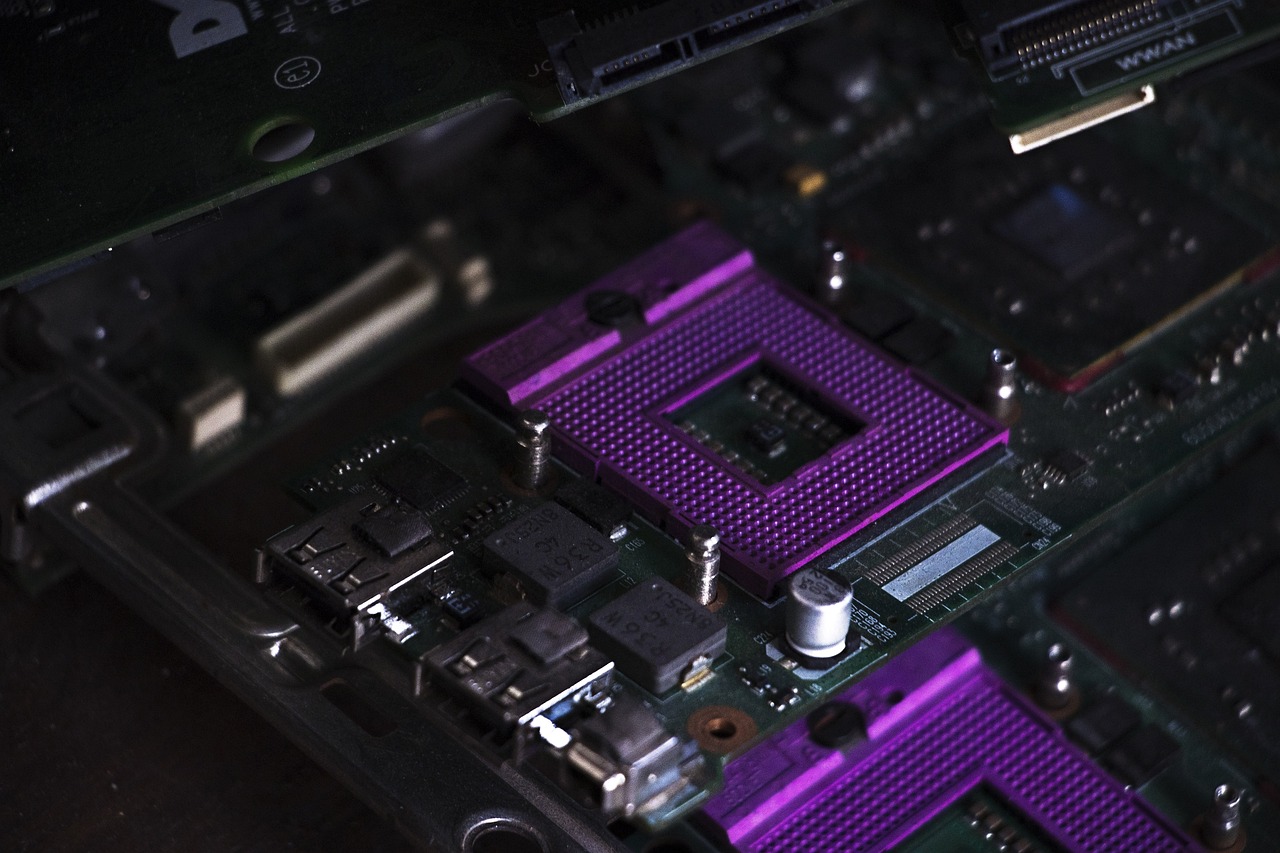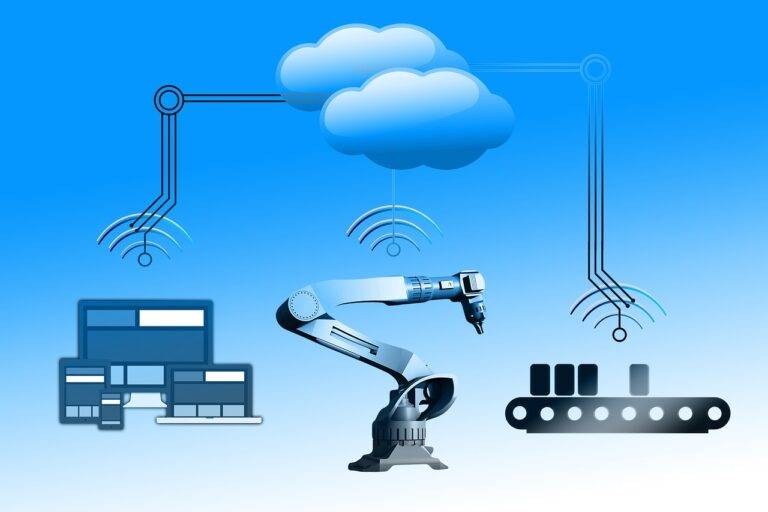Enhancing Agricultural Sustainability with Precision Farming Technologies
Traditional agriculture methods face various challenges in today’s modern world. One major issue is the heavy dependency on unpredictable weather patterns. Farmers often struggle to predict and adapt to sudden changes in weather conditions, leading to crop failures and decreased productivity. Additionally, traditional farming practices can be labor-intensive and time-consuming, making it difficult for farmers to scale their operations efficiently.
Another challenge lies in the inefficient use of resources such as water and fertilizers. Traditional farming methods often involve blanket applications of these resources across entire fields, resulting in wastage and environmental degradation. This not only increases production costs for farmers but also contributes to soil degradation and water pollution. As sustainability becomes a growing concern in the agricultural sector, finding ways to optimize the use of resources is key in addressing this challenge.
Benefits of Implementing Precision Farming Technologies
Precision farming technologies offer a myriad of benefits to farmers, transforming the way agriculture is practiced. By utilizing tools such as GPS guidance systems and drones, farmers can optimize the use of resources like water and fertilizers, leading to increased efficiency and reduced costs. This targeted approach allows for more precise application, minimizing waste and environmental impact.
Furthermore, precision farming technologies enable farmers to gather real-time data on crop health and soil conditions. By monitoring these factors closely, farmers can make informed decisions to improve crop yields and quality. The ability to analyze data and make adjustments on the go empowers farmers to respond quickly to changing conditions, ultimately enhancing productivity and profitability in the long run.
Key Components of Precision Farming Systems
Precision farming systems encompass various key components that work in synergy to optimize agricultural practices. One essential element is the Global Positioning System (GPS), which allows farmers to accurately map fields, monitor equipment locations, and precisely apply inputs such as fertilizers and pesticides. By harnessing GPS technology, farmers can enhance efficiency and reduce resource wastage.
Another vital component of precision farming systems is remote sensing devices like drones and satellites. These tools provide valuable real-time data on crop health, soil conditions, and pest infestations. By integrating this information with data analytics software, farmers can make informed decisions to improve crop yield and quality while minimizing environmental impacts.
• Global Positioning System (GPS) allows farmers to accurately map fields and monitor equipment locations
• GPS technology helps in precise application of inputs such as fertilizers and pesticides
• Remote sensing devices like drones and satellites provide real-time data on crop health, soil conditions, and pest infestations
• Integration of remote sensing data with analytics software enables informed decision-making for improving crop yield and quality
• Precision farming systems help in minimizing environmental impacts by optimizing agricultural practices
What are the challenges in traditional agriculture methods?
Some challenges in traditional agriculture methods include inefficient use of resources, inconsistent crop yields, and difficulty in monitoring and managing farm operations.
What are some benefits of implementing precision farming technologies?
Implementing precision farming technologies can lead to increased efficiency, reduced input costs, improved crop yields, and better decision-making through data-driven insights.
What are the key components of precision farming systems?
Key components of precision farming systems include GPS technology, remote sensing, variable rate technology, automated machinery, and data analytics software. These components work together to optimize farm operations and increase productivity.






